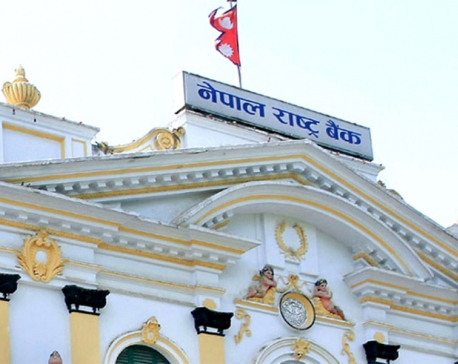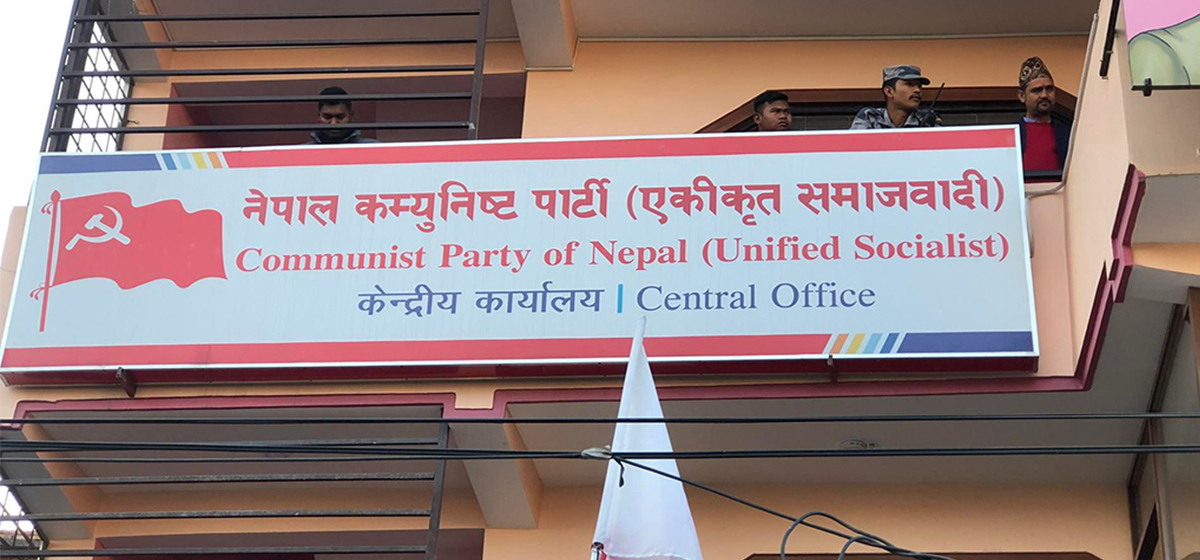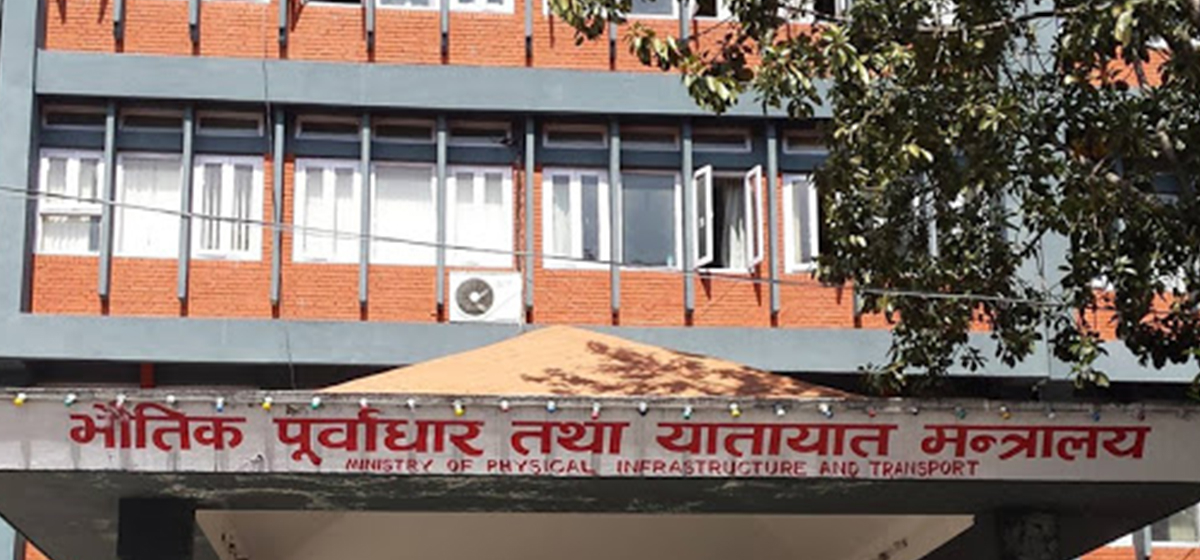
OR
Loan flow to three agri sectors rises substantially
Published On: December 17, 2017 08:18 AM NPT By: Kushal Basnet.
KATHMANDU, Dec 17: Agricultural loans disbursed to flower and fruits cultivation, bee-keeping and poultry sectors provided by banks and financial institutions throughout the nation have increased substantially in the last fiscal year.
The increments in loans were 51.3 percent for flowers and fruits cultivation, 33.8 percent for bee keeping and 33.1 percent for bird keeping in the Fiscal Year 2016/17 compared to the previous year, according to the recent Economic Activities Study Report by Nepal Rastra Bank (NRB).
Emergence of these sectors as commercial agricultural sectors has given a push to the loan investments of financial institutions in these emerging agricultural sectors. According to officials of the Ministry of Agricultural Development (MoAD), recent programs and policies of the ministry have played an important role in increasing loans to these sectors. The MoAD has launched a program of providing five percent subsidy on interests of agri-loans (half of the 10 percent interest that farmers need to pay).
“These sectors are emerging as prominent sectors in agricultural entrepreneurship in the country, following the global trend,” said Shankar Sapkota, deputy spokesperson of MoAD. “Increase in loan investments from financial institutions in these sectors is due to the fact that the sectors are less probable to face losses, owing to the growing market of flowers, fruits, honey and poultry in the country.”
“Our programs of providing subsidy to the farmers on interests against loans taken by them have also made the farmers feel secure about taking loans,” added Sapkota.
Mechanization of these sectors has created an environment for investments in these sectors, according to the government officials.
“Replacement of traditional bee-keeping by modern methods has rejuvenated the sector of bee-keeping. And new scientific methods have been introduced in flowers and fruits farming. Modern tools and technologies have also come as supports to these sectors,” said Sapkota. “Flow of investments in these sectors is sure to increase more since youths are being attracted to them.”
Officials of the Ministry of Livestock Development (MoLD) attribute increasing demand of meat and eggs in the country for increase in loan disbursements in poultry farming.
“People working in the poultry sector have gained higher confidence due to increasing demand of meat and eggs. So, they are motivated to invest more and thus take loans from the banks,” said Shyam Prasad Poudyal, spokesperson of MoLD. “Other people are also moving towards poultry inspired by the success of poultry farmers, and take loans from banks.”
The increasing loan disbursement in these sectors can be a good triggering factor for overall growth of the agricultural sector. However, the overall agriculture sector in the country receives far lower budget than other sectors like the industry sector. The agriculture sector contributes 33 percent to the country’s economy, whereas the industry sector contributes only around 6 percent.
Loans received by industries were seven times the loans received by the agriculture sector in the last fiscal year, according to the same NRB report. Industries received a total of Rs 637 billion whereas agriculture received Rs 91 billion as loans from different financial institutions in the country in the last fiscal year.
You May Like This

Loan disbursement of banks rises while deposits fall
KATHMANDU, Feb 22: Deposit collection of commercial banks in the first month of the third quarter has fallen, while loan disbursement... Read More...

Three agri sectors see substantial increase in loans
KATHMANDU, Dec 17: Agricultural loans disbursed to flower and fruits cultivation, bee-keeping and poultry sectors provided by banks and financial institutions... Read More...

Lithuania can invest in Nepal's tourism, agri sectors
Republic of Lithuania, a northern European country, officially inaugurated its Honorary Consulate in Nepal on Tuesday. Shovakar Hari Neupane, a... Read More...
Just In
- Bus carrying wedding procession attendees meets with accident in Sindhupalchowk claiming three live
- CPN (Unified Socialist) to hold its Central Committee meeting on May 10-11
- Over 16,000 paragliding flights conducted in one year in Pokhara
- MoPIT prepares draft of National Road Safety Act, proposes rescue within an hour of an accident
- Light rainfall likely in hilly areas of Koshi, Bagmati, Gandaki and Karnali provinces
- Customs revenue collection surpasses target at Tatopani border, Falls behind at Rasuwagadhi border in Q3
- Rain shocks: On the monsoon in 2024
- Govt receives 1,658 proposals for startup loans; Minimum of 50 points required for eligibility



















Leave A Comment